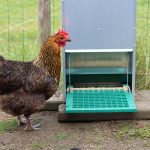When Do Chickens Start Laying? Cracking The Code
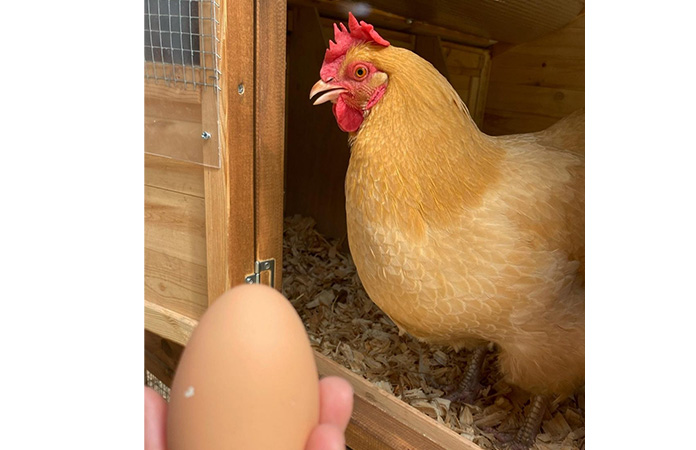
Have you ever wondered when your chickens will finally start popping out these delightful eggs? When do these fluffy feathered balls transform into real egg machines? Let’s embark on this egg-laying escapades journey!
When Do Chickens Start Laying Eggs?
Chickens typically start laying eggs around 5-6 months, although individual variations and breed differences exist. Factors like genetics, nutrition, health, and daylight hours play a role in determining the onset of egg-laying.
Which Breeds Mature Faster?
There are faster-maturing chicken breeds that start laying eggs at an earlier age compared to others. For example, heritage breeds like Leghorns reach sexual maturity at 4 to 5 months. These breeds are known for their efficient egg production and early development.
However, it’s important to note that individual variations can still occur.
Which Breeds Mature Slower?
There are chicken breeds that mature slower compared to other breeds. Breeds such as Brahma and Cochin are known for their slower maturation. They may take 6 to 8 months or longer before laying eggs.
These breeds are often valued for their larger size, fluffy appearance, and gentle personalities rather than their early egg production.
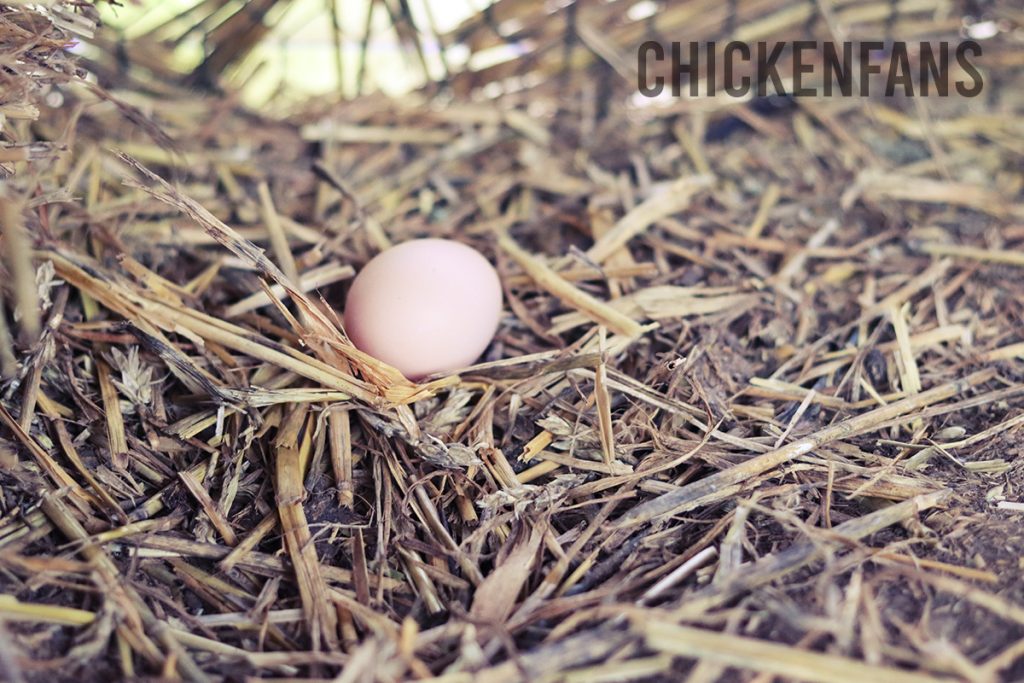
Signs of Sexual Adulthood in Chickens
When chickens are approaching sexual adulthood and getting ready to lay eggs, they show several physical and behavioral signs.
Here are some indicators to look out for:
Comb and Wattle Development: The comb and wattles begin to grow and develop a deeper and fuller color. This change is more noticeable in roosters but can also be observed in hens.
Pelvic Bone Widening: The pelvic bones, located slightly below the vent, widen and become more flexible. This change allows for the passage of eggs through the reproductive tract.
Behavioral Changes: Chickens approaching sexual adulthood display behavioral changes. These can include increased vocalization. Hens show nesting behavior, scratching and preparing nest sites and showing signs of broodiness.
Squatting Behavior: When you approach a hen, she may crouch down or squat low to the ground. This squatting behavior is a submissive pose. It clearly indicates that the hen is preparing for mating and is ready to start laying soon.
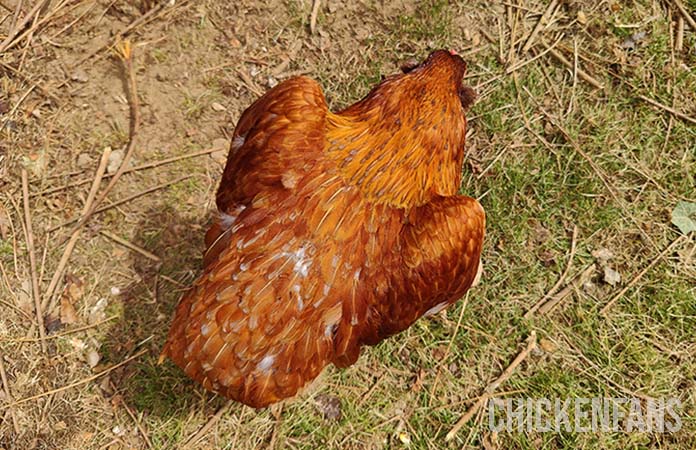
It’s important to note that all chickens may not exhibit these signs simultaneously or with the same intensity. Each chicken is an individual, and variations in the timing and expression of these signs can occur. Monitoring these changes, along with the age of the chicken, can help indicate when they are nearing the start of egg-laying.
How Long Do Chickens Lay Eggs?
Chickens have been selectively bred over the years to exhibit different egg-laying patterns. Some chickens are bred for maximum egg production in a shorter time, while others prioritize long-term sustainability. That is why we must make a difference between heritage breeds and hybrid chickens, created by commercial hatcheries, to lay many eggs in a short period of time.
Hybrid Chickens
Hybrid chickens are expert egg layers, surpassing heritage breeds in egg production. These hybrids result from crossbreeding two or more chicken breeds, designed to maximize egg output while maintaining low maintenance.
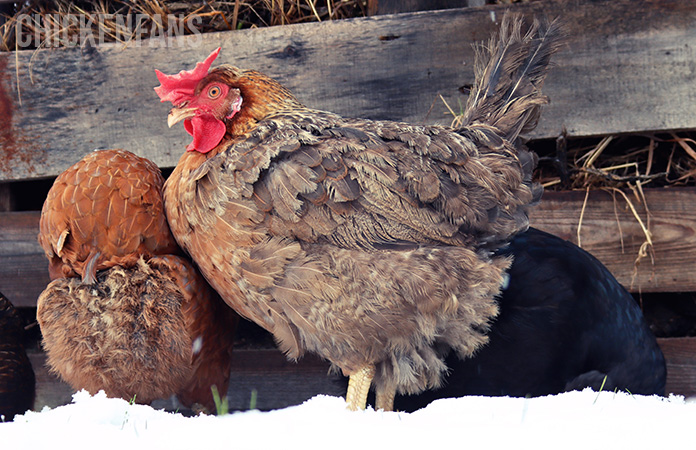
Common examples of hybrid chickens are: Cinnamon Queen, ISA Brown, Sapphire Gem, Easter Eggers and Golden Comet.
Hybrid chickens reach sexual maturity relatively early, usually around 5 to 6 months of age.
During their peak egg-laying stage, hybrids can lay an impressive number of six eggs per week. It’s not uncommon for hybrid chickens to lay over 300 eggs per year.
Their reproductive systems are optimized for consistent egg production. However, it’s important to note that hybrid chickens are the most active in their first laying year but significantly drop egg production after two years.
Most hybrid chickens won’t live longer than four years.
Heritage Breeds
Heritage breeds are purebred chickens that have undergone generations of selective breeding, often focusing on specific traits such as distinct physical characteristics.
Common examples of heritage breeds are Rhode Island Red, Leghorn, Cream Legbar, Ameraucana and Orpington.
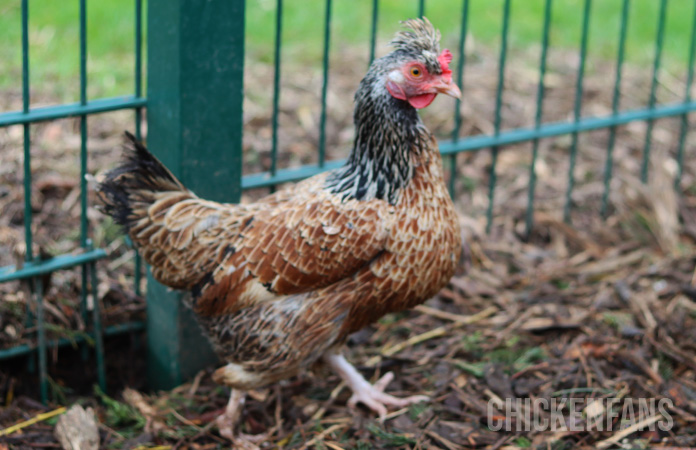
Heritage breeds lay fewer eggs than hybrid egg machines, but some still bring plenty of eggs. They will also keep on laying into older age, whereas hybrids will stop producing eggs after three years.
Plenty of heritage breeds lay a more than decent amount of eggs. Generally, these chickens continue to lay eggs well into their old age, usually until they are around 6 or 7 years old, and they can live for 10 years or more.
The First Egg!
After months of waiting, it’s finally there! Your hen’s first egg. This is an exciting milestone for both the chicken keeper and the hen. This first egg experience varies from chicken to chicken, but some common things must be remembered.
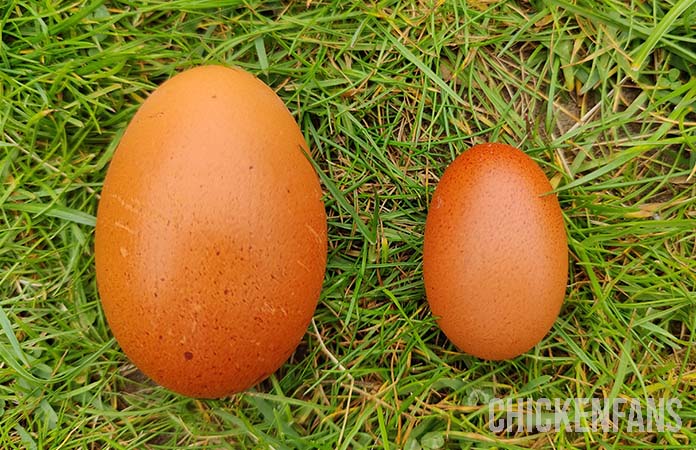
Size and Shape: The first egg laid by a young hen is typically smaller than the eggs she will produce later in life. It’s common for the first egg to be much smaller than regular eggs, often called “fairy egg” or “fart egg.” The shape can also vary, sometimes elongated or irregular compared to the eggs that will follow.
Shell Quality: The shell of the first egg may have a softer texture and is called a soft-shelled egg. This is due to the hen’s reproductive system adjusting its egg-laying process.
Yolk Color: The yolk color of the first egg is often lighter or paler than eggs laid later.
Frequency: Initially, hens do not lay eggs daily or regularly. It may take some time for the second and third eggs to follow.
Behavior: When a hen is about to lay her first egg, you might notice some behavioral changes. She may appear restless, seeking out private spaces in the coop to nest.
Summary
Chickens typically start laying eggs around 5-6 months, although individual variations and breed differences exist. Genetics, nutrition, health, and daylight hours play a role in determining the onset of egg-laying.
Hybrid breeds, bred for high egg production, may reach sexual maturity and start laying earlier, around 4-5 months. Heritage breeds, known for their sustainability and longevity, may take longer, around 6-8 months or more.
Monitoring signs like comb and wattle development, behavioral changes, squatting behavior, and reddening of skin and combs can indicate when a chicken is approaching the start of egg-laying.
Credits Featured Image: @sylvia0223 (IG)

